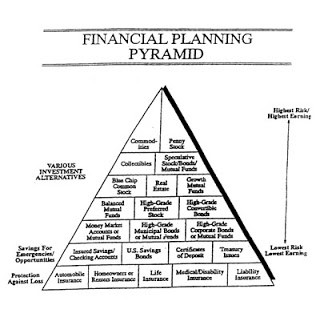How To Invest When A Stock Breaks Out Pyramid Your Way To A Full Position To Reduce Risk
Post on: 16 Март, 2015 No Comment

When you drink a cup of coffee, you can avoid getting burned badly by taking sips instead of just gulping it down.
It’s much the same in investing. If you find a stock with top-notch fundamentals and technicals, don’t jump in all at once. Start by using a portion of your allotted capital for the trade and build up into a full position as the stock rises.
This process of pyramiding a position is a way to enter a trade and at the same time reduce risk. Investors can use all of their allocated capital and buy their entire position at one time. But just be aware that while you can make more money this way, you can also lose more money by going all-in.
For example, if you use $10,000 to buy 200 shares of a $50 stock, all of your initial investment is at risk. If the stock falls 8%, you’d lose $800. If you started with half of a position, you’d lose less.
Pyramiding involves making multiple purchases to build your position. You can divide your purchases into three installments.
For your first buy, use half of your allocated capital. So if you have $10,000 to invest, use $5,000 for your initial position. Start things off right by buying a leader once it goes through the buy point of a proper base in volume that’s at least 40% above average.
Only buy more shares if the stock moves 2% to 2.5% above your initial purchase price. If it does, use 30% of your allotted capital for your second buy. Now you’re 80% invested.

If the stock goes up another 2% to 2.5% from your second buy point, use the remaining 20% of your allocated capital for your final buy. Now you’re fully invested and the stock is acting right.
Pyramiding is smarter, as you’re only putting more money to work after a stock has proven that it can go higher. What you are essentially doing is averaging up, the opposite of average down. The latter is a losing proposition.
On Oct. 12, 2010, Starbucks (SBUX ) bolted past a 26.67 entry from a cup-with-handle base in about twice its average trade 1. An initial position could have been put on there.
A second buy could also have been established Oct. 12 as shares rose more than 2% past the 26.67 trigger. A final buy in Starbucks could have been made Oct. 14 as it rallied 4% past the initial 26.67 buy point 2. The stock rose 25% by early January 2011 before pulling back to its 50-day moving average.














